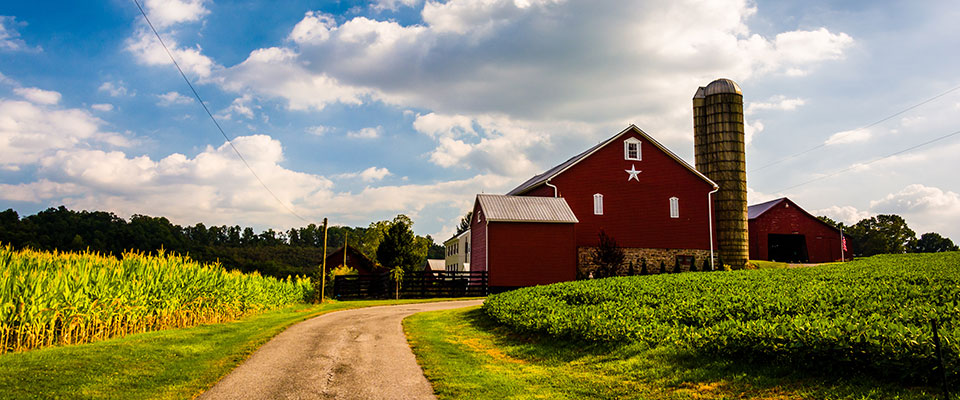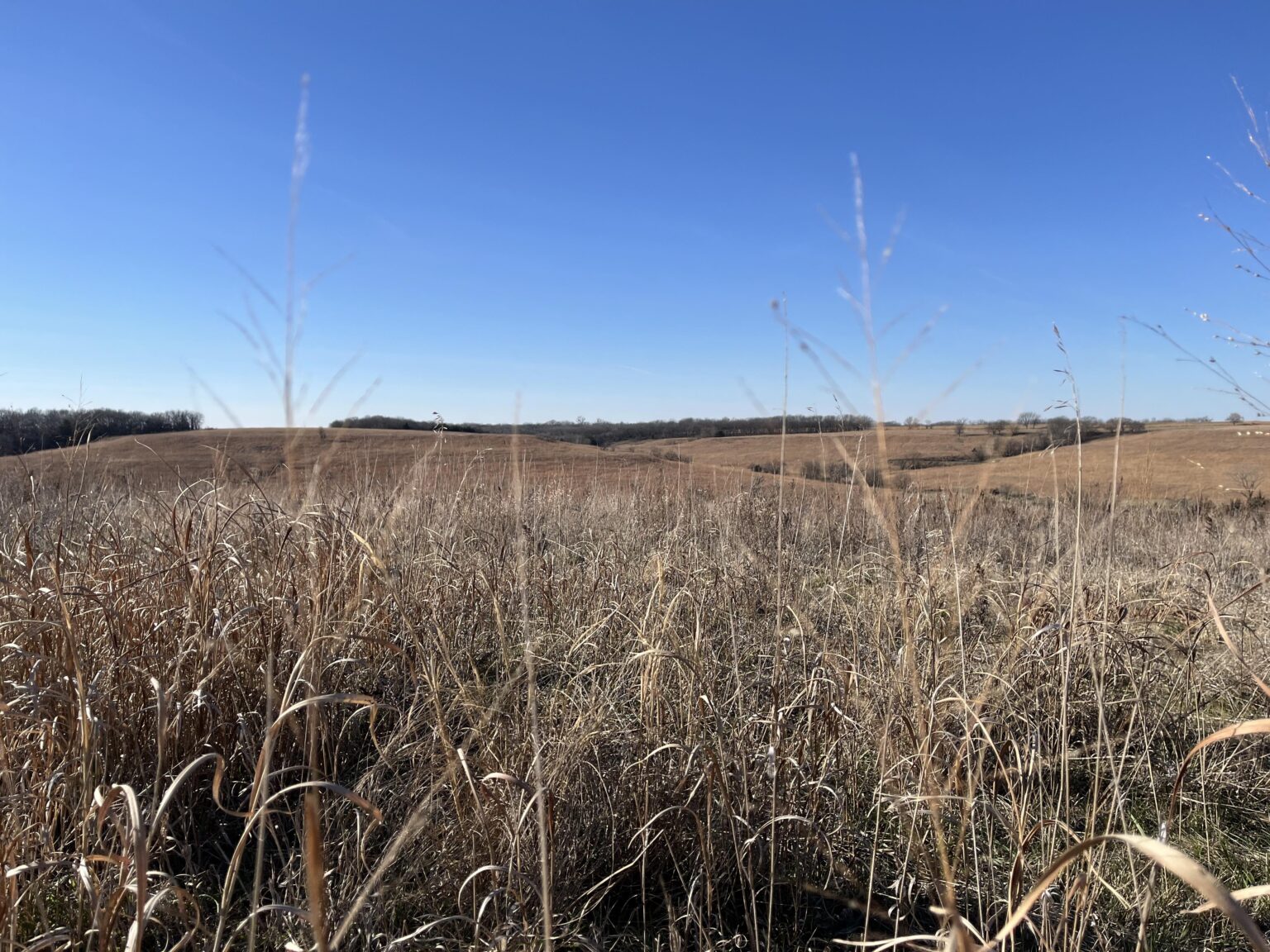Kansas farmers seem to be positioned for a bounce-back in net farm income as 2024 rolls along, according to a report from Kansas State University farm management economist Gregg Ibendahl.
And while, technically, that is good news, it is tempered by the fact that Kansas farmers are coming off one of the toughest years in about a decade. K-State reported earlier this year that 2023 net farm income in the state was, on average, $89,667 – about 56% below the year before.
But in his most recent analysis of 500 grain farms in the Kansas Farm Management Association’s database, Ibendahl says “I’m predicting a 23% to 30% increase in net farm income” in 2024 for Kansas farms.
“But that’s really from a very low base to start with, so overall, net farm income is going to be below what it has been for the previous 5-6 years.”
Listen to an interview by Shelby Varner with Gregg Ibendahl on the weekday radio program, Agriculture Today
In pure numbers, Kansas farms may see 2024 net farm income hit an average $118,000, according to Ibendahl. In central and western Kansas, those numbers may top $156,000 and $149,000, respectively; net farm income in the east, however, may slow to $72,336 – the only region in the state that won’t see a rise compared to 2023.
Signs are mixed for 2025, he said. Average net farm income in the state may be just below his forecast for 2024, though slightly higher in the west and east and slightly lower in the central region.
“Remember that 2022 was a very good year in Kansas,” Ibendahl said. “Farmers were experiencing very good grain prices and everything looked pretty good. There was quite a bit of crop insurance that helped net farm income that year.”
“But in 2023, we had a case where grain prices dropped, which contributed to lower farm income and farm revenue. We also had a case where we had a big drop in inventory values for the stored grain that farmers had at the end of 2022, because of lower grain prices.”
Poor growing conditions in parts of Kansas also caused a dip in 2023’s grain revenue numbers, Ibendahl said. Crop insurance helped to pull many farmers from bigger losses, in many cases.
In 2024, Ibendahl said, “grain prices haven’t improved a whole lot; they’re still down from what they were a couple years ago. But we’re not going to see the big drop in inventory like we did in 2023, so that factor alone will help the revenue side.” He also doesn’t expect U.S. farmers to receive the level of government assistance that they have in recent years.
Longer term, ongoing conflicts in Ukraine and other parts of the world threaten oil prices, which in turn affects fertilizer prices. Ibendahl also keeps a watchful on inflation and interest rates, and knows that adverse weather will negatively affect production.
“Last year, we had 30% of our farms that had negative farm income,” Ibendahl said. “This year, that may jump to as much as 35% even though I’m looking at a slight increase in net farm income. What that means is that maybe more than one-third of our farms have the potential to have negative net farm income in 2024.”
“You can’t go too many years and have negative net farm income and expect to remain a farmer. So that’s something to look at going forward.”
Ibendahl’s complete look at how the rest of 2024 is shaping up for Kansas farmers, as well as his forecast for 2025, is available on AgManager.info, a website maintained by K-State’s Department of Agricultural Economics.
**



